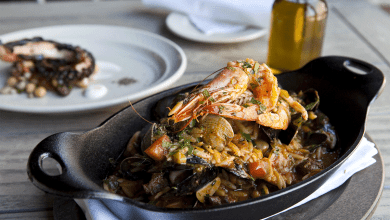During its impressive course, the Danube, the second-longest river in Europe, flows through ten countries, while its basin stretches into nine more. The Danube Region consists of multiple colourful landscapes, stretching from the Alps across the Pannonian Plain and passing through the Carpathian Basin and the Balkans before the river flows into the Black Sea. The diversity of these landscapes has influenced many communities that have inhabited these distinctive areas in the past. The rich and culturally diverse archaeological heritage of the Danube Region is a valuable remnant of millennia of development of European society and a carrier of important data about our past.
By using the latest visualizations created within the project “Virtual Archaeological Landscapes of the Danube Region”, partners from 10 European countries present unique archaeological sites from partner countries in the Danube Region. Major museums and institutions of the Danube Region serve as the backbone of this project. In order to bring the heritage closer to the public in a new and attractive way, they focused on the most prominent archaeological sites and landscapes of their regions. By incorporating state-of-the-art virtual and augmented reality technology, we give visitors the opportunity to experience the heritage as it once was, not only in their own country but also in the countries of other partners.
Immerse yourself in the past and explore with us Palaeolithic caves, prehistoric settlements and funeral customs, Roman cities, medieval forts and much more!
STORIES OF THE PAST – JOURNEY INTO LOST LANDSCAPES
13 April – 18 May 2022
Gallery AMZ
Pavla Hatza 6, Zagreb
free admission
Project “Virtual Archaeological Landscapes of the Danube Region” (acronym: Danube’s archaeological eLandscapes, DTP: 3-641-2.2) is implemented within Interreg Transnational Cooperation Programme VB Danube 2014-2020 and it is co-funded by the European Regional Development Fund (ERDF). Find more here.

